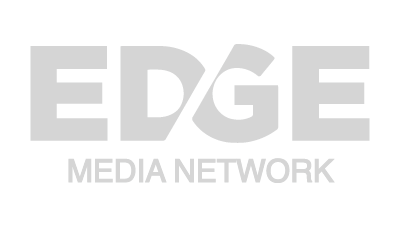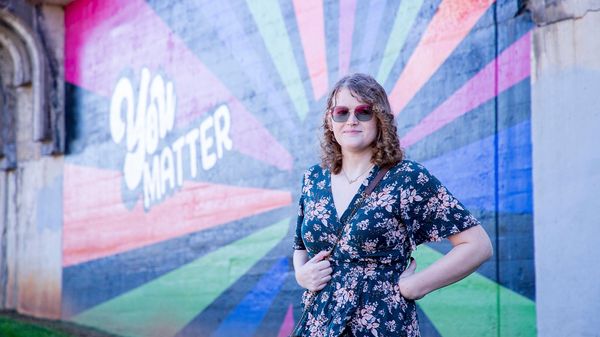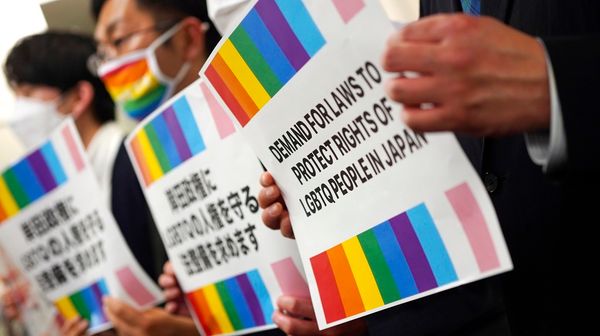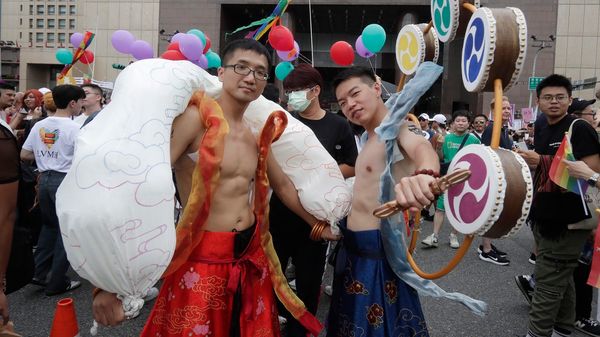
November 26, 2017
Covered CA Enrollment Underway
Matthew S. Bajko READ TIME: 4 MIN.
Despite the uncertainty surrounding the Affordable Care Act due to President Donald Trump's desire to end the federal health insurance program, health officials in California have mounted a marketing blitz to enroll residents of the Golden State in insurance plans for 2018.
Covered California, the state's health insurance marketplace, has blanketed the state with advertising to alert people who are required to buy health insurance on their own that they must enroll by December 15 so their coverage will begin on January 1. Signing up by that deadline will also avoid any gaps in coverage or a tax penalty for not having health insurance.
The final day to renew or enroll in Covered California health insurance is January 31. Now in its fifth enrollment period, the state-run exchange has already seen a brisk pace in signups this year.
During the first two weeks of November, Covered California saw 48,000 new customers purchase one of its plans it offers. According to the agency, the signups marked a 23 percent increase from those who enrolled during the same time frame last year. The agency estimates that individuals who qualify for financial help to purchase insurance can find a plan with a monthly premium under $100.
The more people who do sign up with Covered California helps to reduce the cost of insurance plans offered through the exchange. The agency believes its efforts to get both healthy and sick people to enroll, thus creating a more balanced risk pool, helped to lower premiums 6 to 8 percent in 2015 and 2016.
Gay Congressman Mark Takano (D-Riverside), the state's lone LGBT representative in Congress, issued a statement at the start of the month to "strongly urge" Californians to purchase insurance plans during the enrollment period. He noted that due to the strength of California's insurance market, consumers in the individual market who did not receive subsidies will pay an average of $115 per month less than in 2017.
"Despite the Trump administration's attempts to undermine the law, the Affordable Care Act continues to expand the number of people who have access to the care they need," stated Takano. "There is far too much misleading information being shared by the White House and those who have vested interest in breaking our health care system."
Covered California has about 1.4 million people currently enrolled. In San Francisco more than 37,000 people either signed up for or renewed qualified health insurance plans through the state exchange last year.
An estimated 3.3 percent of city residents are still uninsured. Local health officials believe most of the people who are uninsured are unaware they qualify for low or no-cost health coverage and are encouraging them to enroll with Covered California this year.
"Now is the time for San Franciscans to take action and get covered," stated Barbara Garcia, a lesbian who is the director of the city's Department of Public Health. "Having access to health care does not have to be expensive or confusing, so sign up right now."
Covered California insurers available to San Francisco residents in 2018 include Kaiser, Blue Shield, Chinese Community Health Plan, Health Net Life, and Oscar. Many residents are eligible for significant tax credits through Covered California to help pay the cost of their insurance, noted the health department.
Due to larger tax credits, nearly four out of five people will see their monthly premiums stay the same or decrease, according to the agency. People can visit Covered California's "Shop and Compare" tool to review options for affordable health coverage on its website at www.CoveredCA.com.
Because no data is collected on the sexual orientation or gender identity of the people signing up for health insurance through the ACA exchanges, it is unknown how many LGBT people have done so. Anecdotal evidence, however, indicates the LGBT community has greatly benefited from it.
As the Bay Area Reporter noted earlier this year, the LGBT advocacy organization Equality California estimated that of the 22 million people who gained insurance through the ACA's expansion of Medicaid, known as Medi-Cal in California, 2.2 million are likely LGBT people.
Due to the ACA, commonly referred to as Obamacare, transgender individuals have particularly benefited, as federal regulators adopted a rule prohibiting health insurers from denying transgender individuals preventative services that didn't correlate with their new gender, such as transmen who still need Pap smears or mammograms. Nor could they deny insurance to people with pre-existing conditions, a barrier that had prevented many transgender people from being able to access health care.
People living with HIV or AIDS have also been able to lower their medical costs due to Obamacare. The San Francisco AIDS Foundation, in partnership with LYRIC, the Lavender Youth Recreation Information Center, is holding a Covered California Info Session next month to answer questions about the health insurance exchange and the various plans it offers.
The session will take place from 1 to 3 p.m. Saturday, December 2, at Strut, SFAF's health center for men in the Castro, located at 470 Castro Street.
The city is also providing assistance to people interested in signing up with Covered California or Medi-Cal, or if they do not qualify for those programs with Healthy San Francisco, the city's universal health access program. For in-person enrollment assistance, call (415) 558-4700 or visit the San Francisco Human Services Agency's service center at 1400 Harrison Street.







